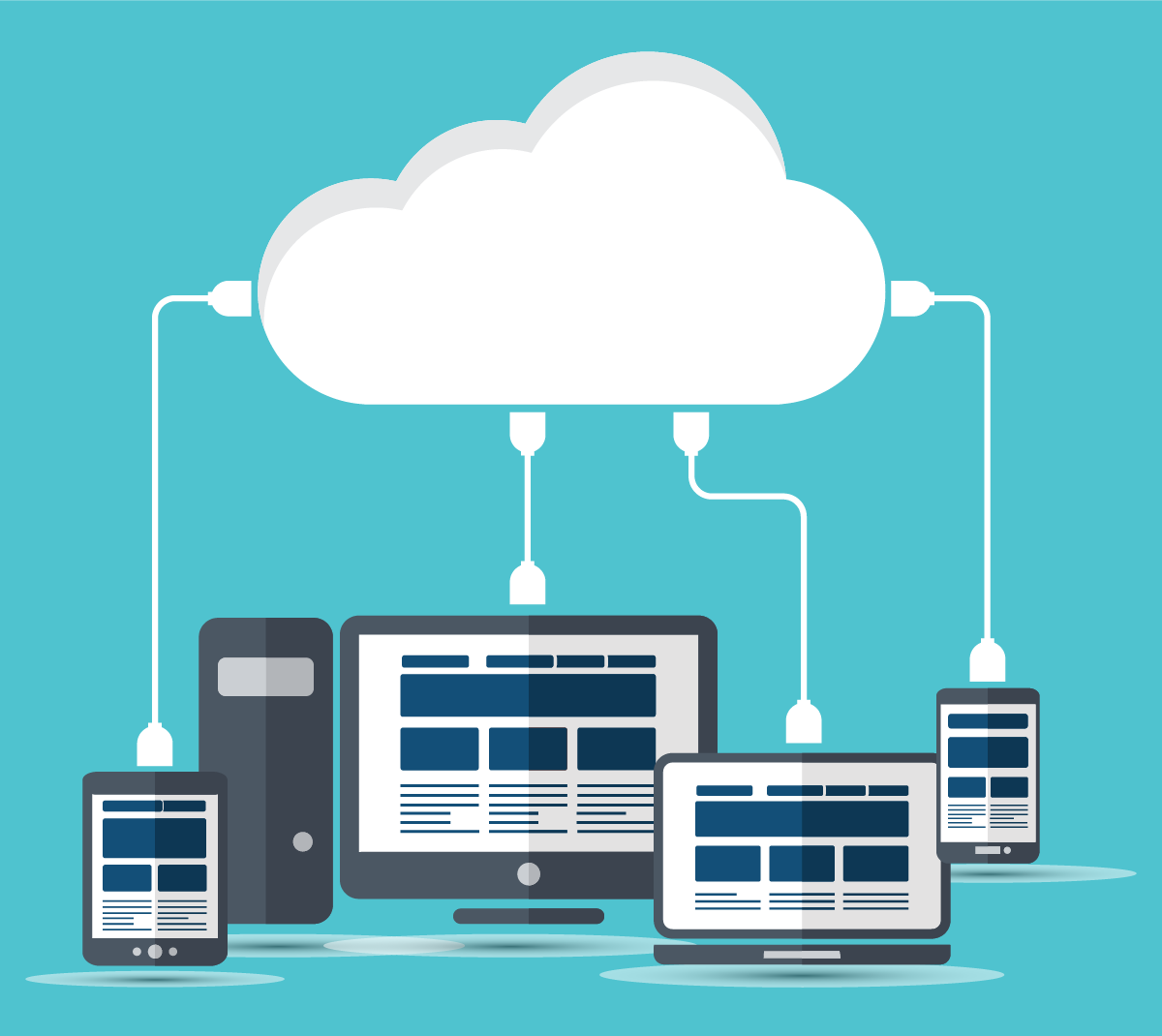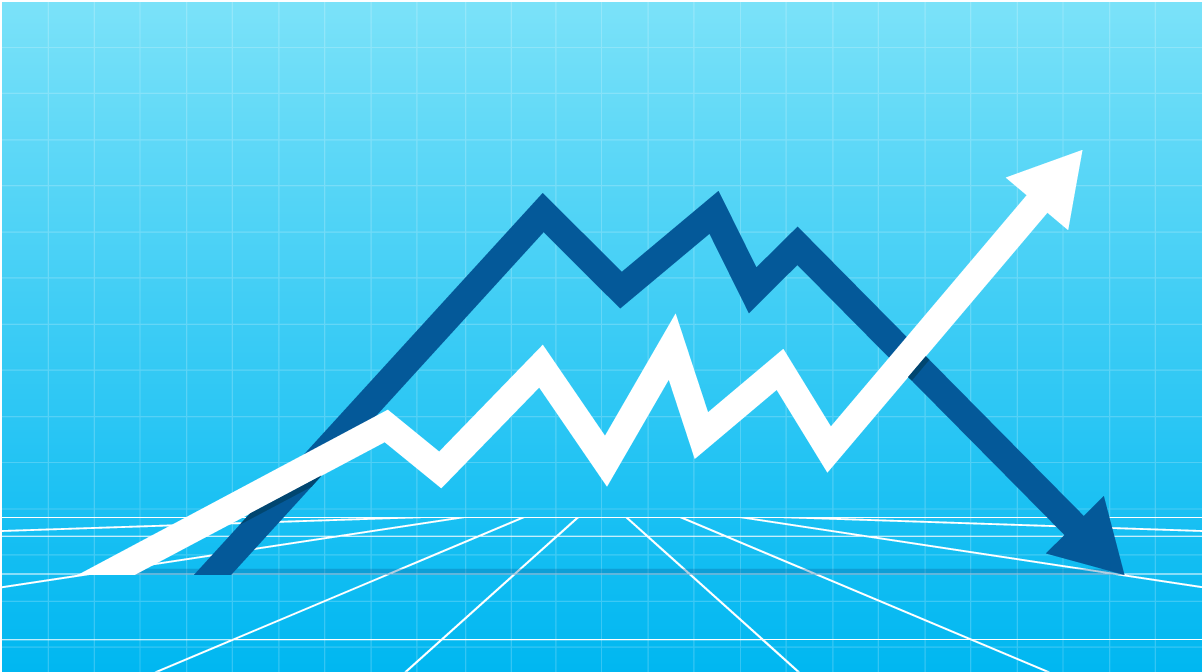Research data centers for cloud computing
A bunch of computers connected together is called a network. You may have a home network, or you can join a network at a business. There's another type of network that connects computers from all over the world. It's known broadly as "the cloud."
When you use a computer like your laptop, you only have the power of that one computer. This type of power is called "compute." If you want to manage a lot of data, or run a website, it can be challenging to do this from a single computer.
The cloud is a large set of computers working together. They can be used by people all over the planet. In fact, there are hundreds of thousands of servers in the cloud. And instead of thinking about them as a set of computers, it can be helpful to think of them as compute.

But we're getting ahead of ourselves. Let's step back and examine the different parts of cloud computing.
Compute
As stated above, compute is the ability many computers to work together to do work. We explored the processor earlier in this module. The cloud enables hundreds of thousands of processors to work together.
Think of it like pulling on a rope to move a rock. A single person may tug on the rope and barely move the rock. But if 10 people all tug on the rope, the rock may move easily. The rope is a single thing (like "the cloud") that helps all 10 people work together.
Compute isn't just about what the cloud can do but also about how much can be made available. Suppose you have 10 people working on a job, and a small rock requires three people to move. Since you don't need all 10, seven people can do other things. Typically, a manager or managers determine what work needs to be done when and assigns people tasks based on the need. Managers also look at who is available and skilled to do the work.
This process is called "scaling." The cloud can scale up when more resources are needed and scale down when they're not. Similar to the job site above, cloud computers have managers or controllers that look at the work being done. Controllers are special computers with software that manages the work other computers do. The controller can provide more power where it's needed.

Storage
If you have an individual computer with storage and you don't use it, no one else can either. It just "sits there" unused. The cloud scaling based on need is what makes it so powerful.
Similar to compute and database usage, the cloud has a similar benefit when it comes to storage. It can scale down and up depending on how much storage a business or customer needs. You may have used cloud storage like OneDrive. If your cloud storage gives you 1 gigabyte of storage, you may only need 100 megabytes (1/10th of what's available). While you're not using the rest, that storage is available to other people. As you need more, it becomes available from someone else who isn't using what they have available.
In the cloud, the storage isn't on a single computer like a laptop or phone. The thousands of drives that can hold data are connected. The space is available on the cloud's network. A controller gives you a certain amount of what's available. If you don't use it, the storage on the drives can be used by someone else.
Parts
One thing you may have noticed is that in the cloud, each function of the computer can be thought of separately. Your computer is one unit. It has a processor, memory, storage, and a network adapter. In the cloud, you can just use storage or just use a database. Storage and databases are separate items available to you without having to use the other items if you don't need them.